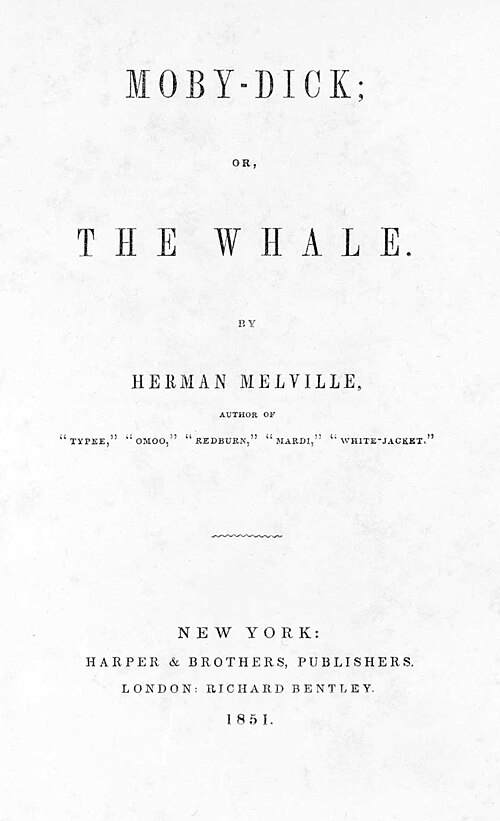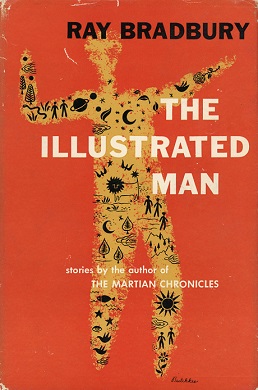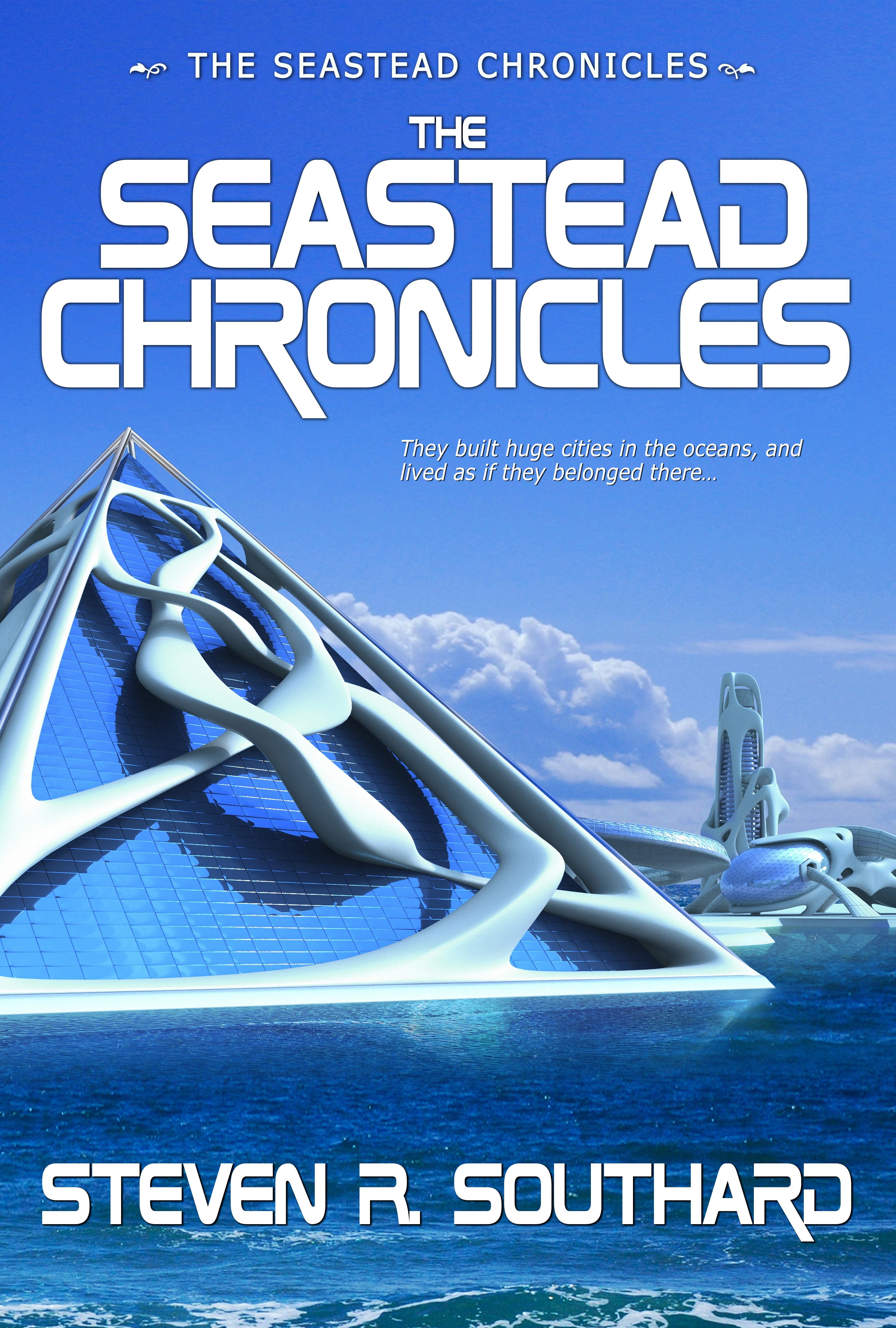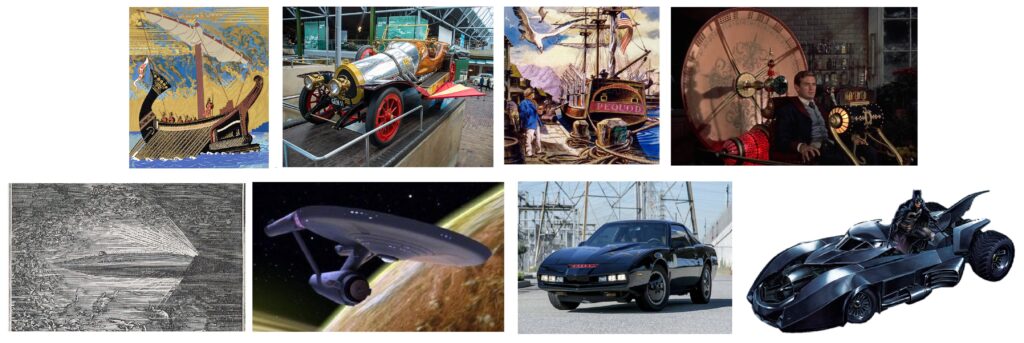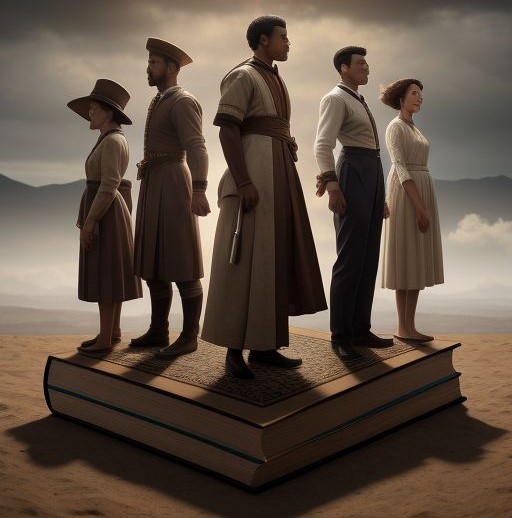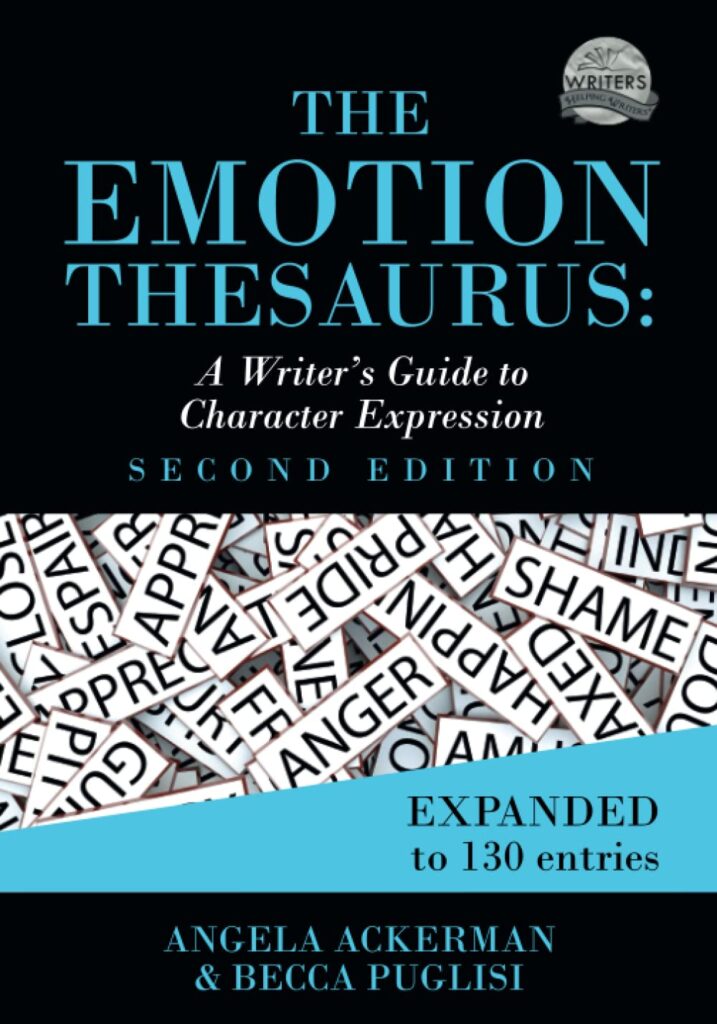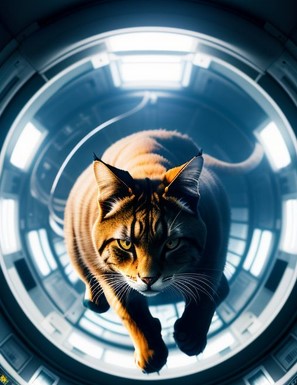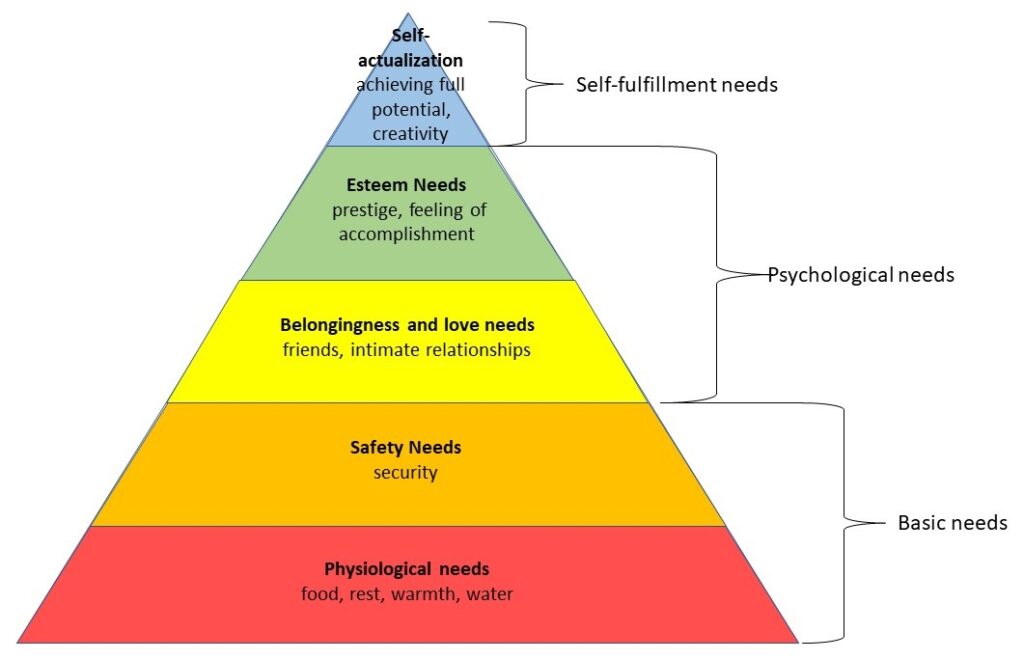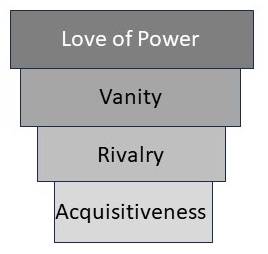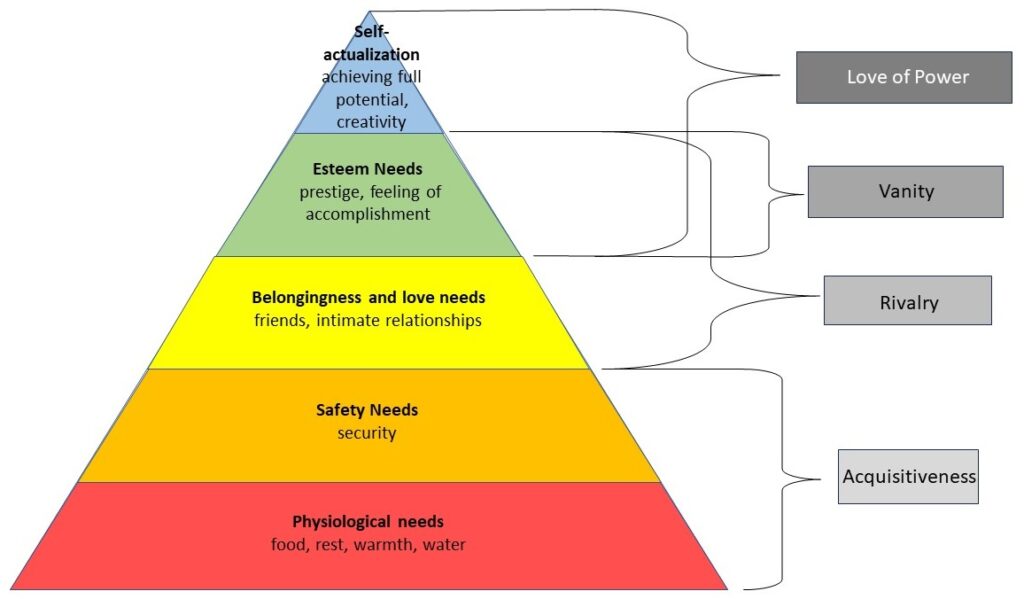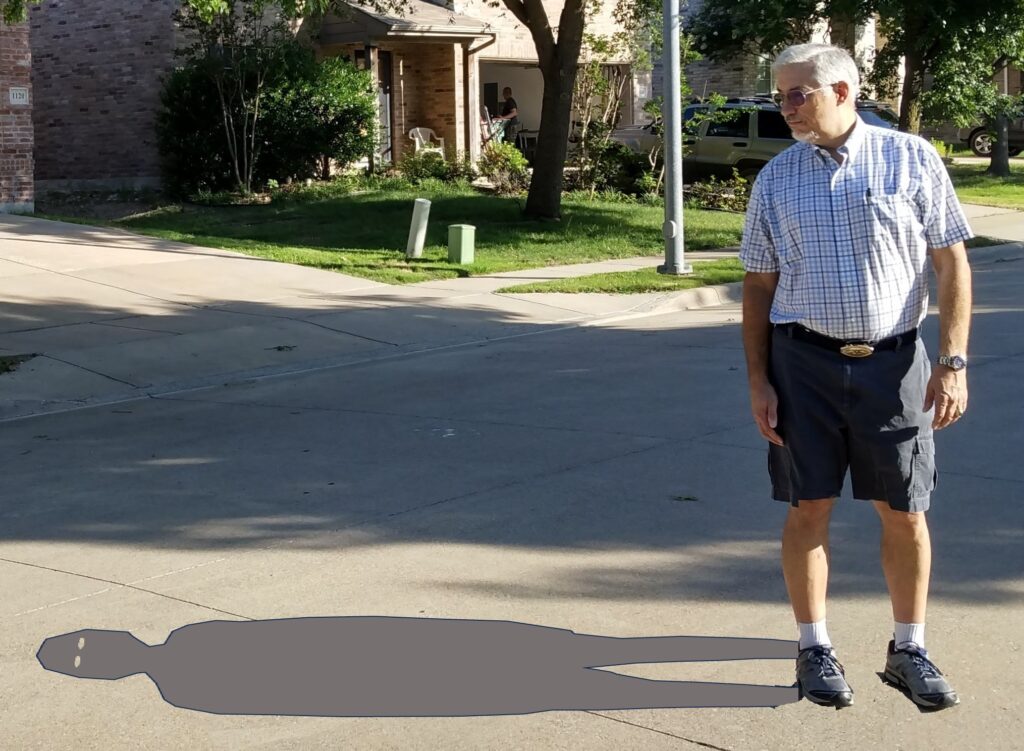During my years of blogging, I’ve interviewed plenty of writers and a few editors. However, I’ve never interviewed a sidekick. Today, I did just that.

Interview
Poseidon’s Scribe: Welcome to my blog.
Sidekick: Thanks, but you’ve got the wrong person. I’m not a sidekick.
P.S.: Really? I thought you were. What are you?
S: I’m the main character, the protagonist, the hero.
P.S.: Ah, so you’re the one driving the plot forward.
S: I guess, sort of.
P.S.: You’re standing in someone’s shadow. Who’s that?
S: That’s my sidekick.
P.S.: I see. But you’re the one who seems to be assisting that person a lot.
S: Yeah. My sidekick really needs help.
P.S.: I’ve heard, of the two of you, you’ve got the better sense of humor. Is that true?
S: Yes. Authors always give the hero the best lines.
P.S.: Ah. From what I’ve seen, that person confides in you, trusts you. You act like the person’s conscience.
S: Yup. My sidekick bounces ideas off of me, usually bad ones, and I have to be the one coming up with the right plan. My sidekick probably couldn’t survive without me.
P.S.: You two seem to complement each other, with many opposite personality traits.
S: Well, they say opposites attract.
P.S.: True. Tell me, at the end of the story, which of you will get the most credit for resolving the major conflict—you, or the person in whose shadow you’re standing?
S: Um…well…I guess…Is it possible that I’m not the hero? That I’m really just a sidekick?
P.S.: Never say just a sidekick. You’re vital to the story. As you said, the hero would be lost without you. I’d say that hero is lucky to have a pal, a sounding board, a loyal ally like you.
S: Yeah. Lucky to have me. That’s right.
Poseidon’s Scribe: Thank you for stopping by today. I know you have to get back to supporting and looking after the hero.
Sidekick: Believe me, it’s a full-time job. That is one flawed character.
Further Reading
For more on sidekick characters and how to create them, see this post by Author’s Pathway, this one by Victoria Grossack, this one by WriTribe, and this one by Lorenz Carst at Springhole.net.
Nobody Thinks They’re the Sidekick
In the 2005 movie Sahara, Al Giordino is Dirk Pitt’s sidekick. When another character asks Al how long he and Dirk have been together, he says, “Kindergarten, college, Navy, NUMA. Poor guy’s always been in my shadow…Always the Al’s maid, never the Al.”
All along I thought I was the hero of my life’s story, but now I wonder if someone else’s sidekick is—
Poseidon’s Scribe

